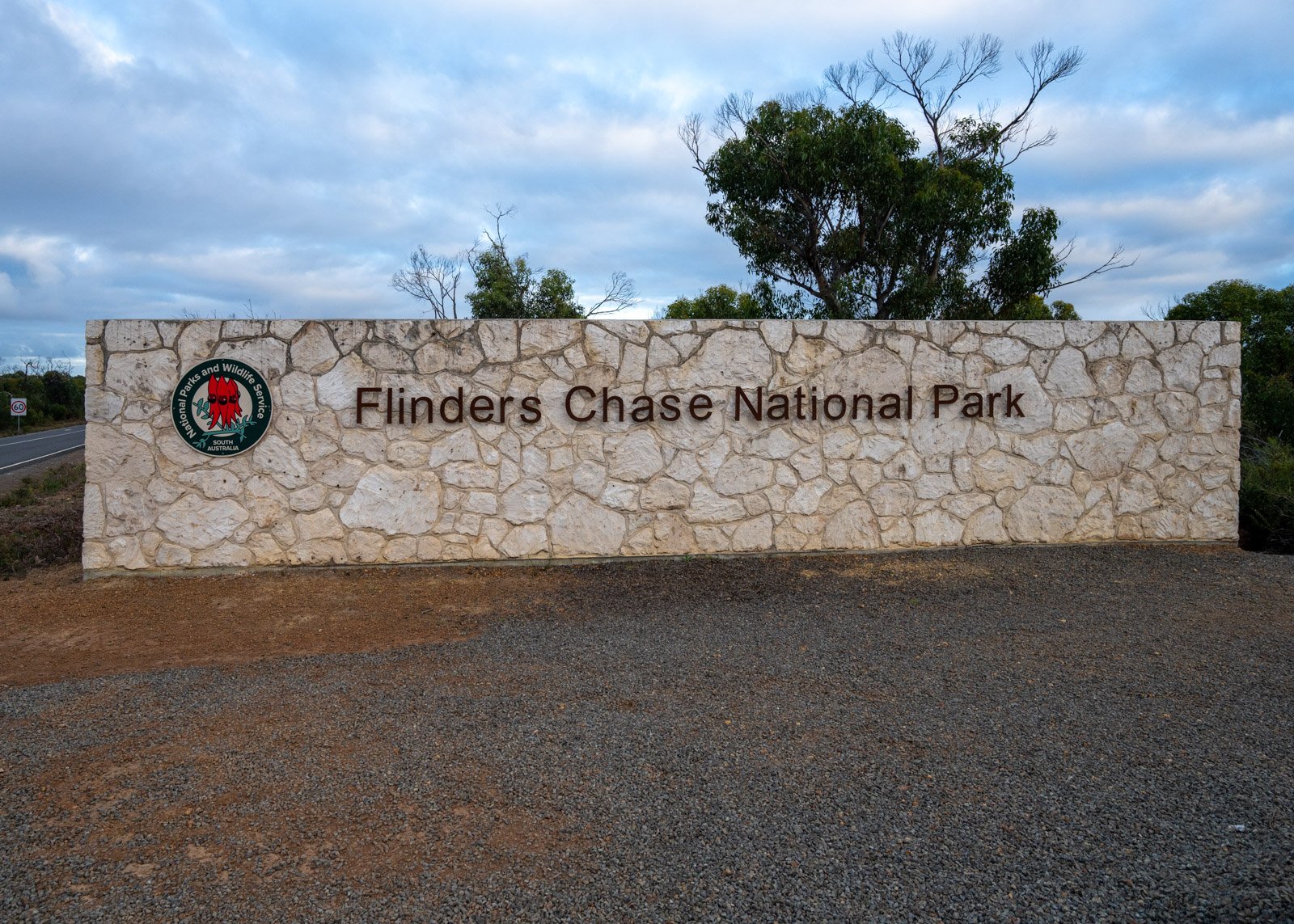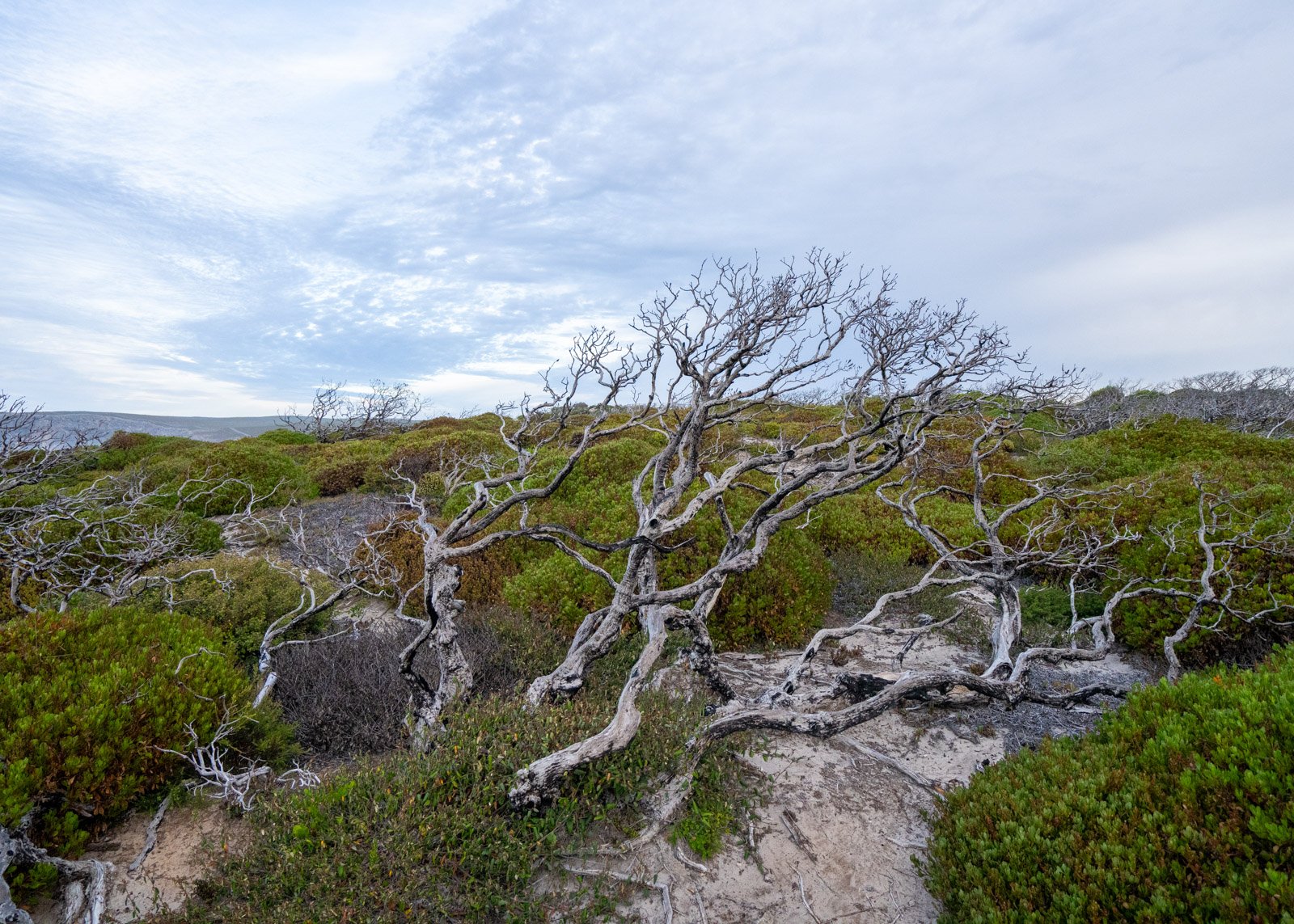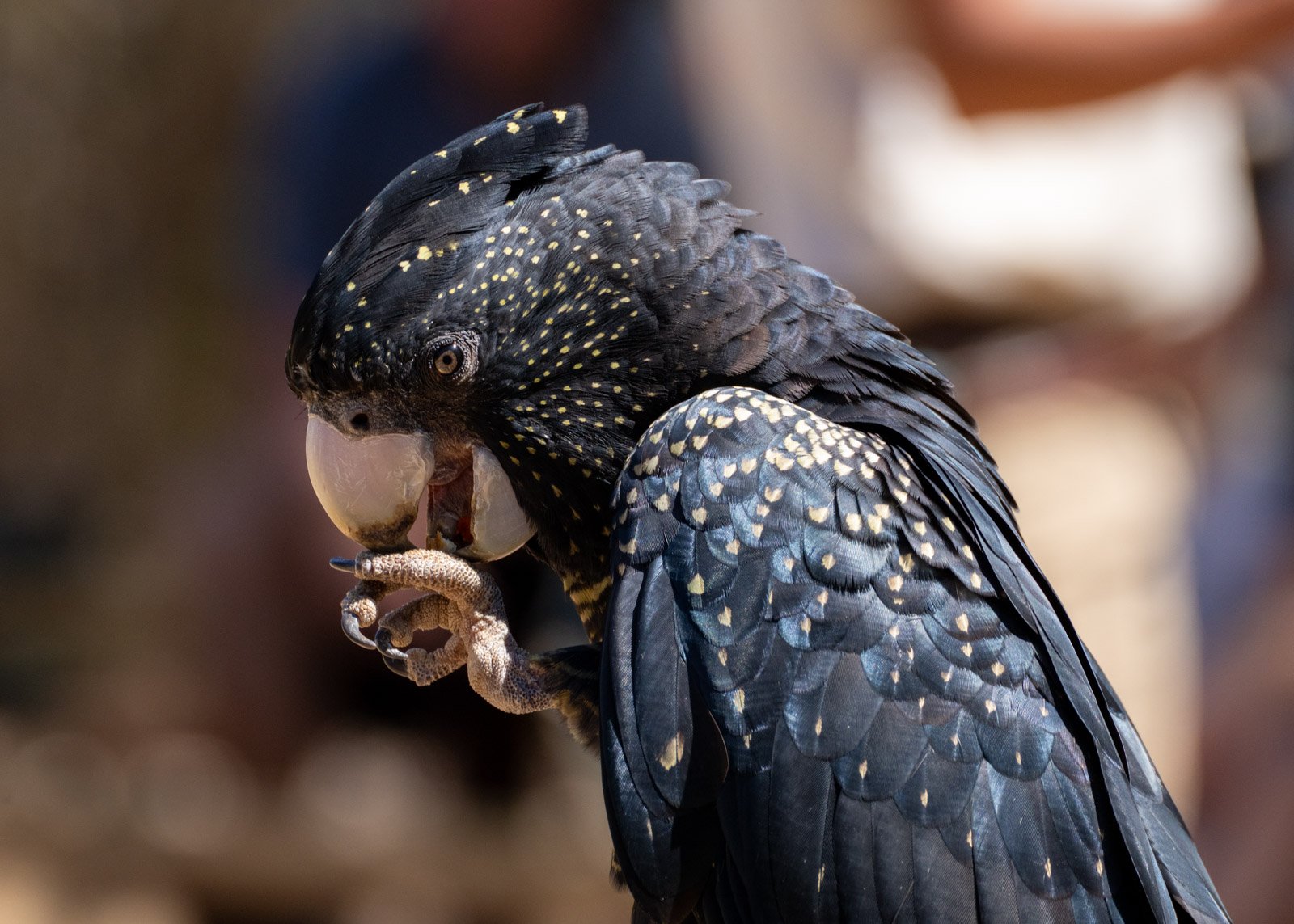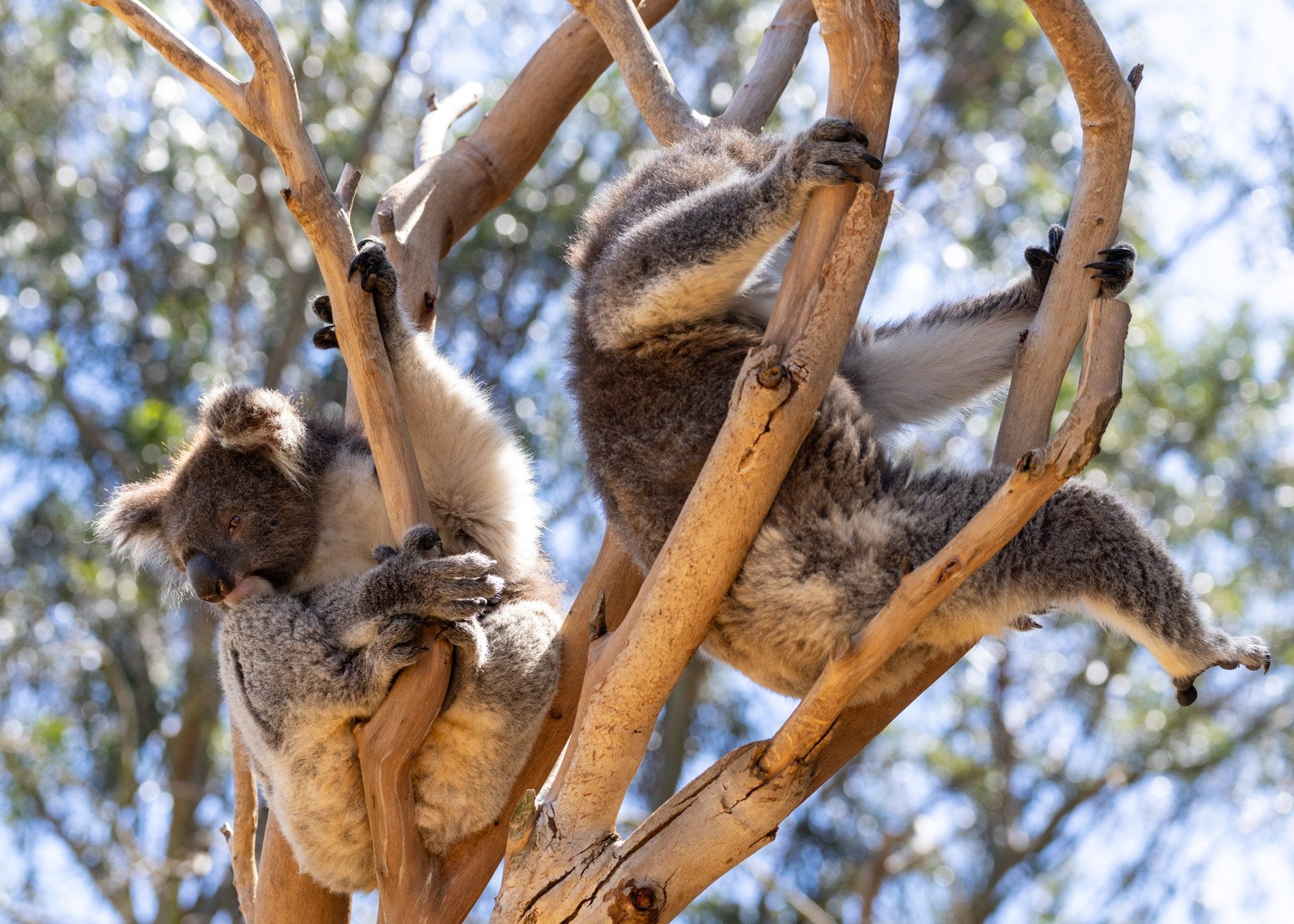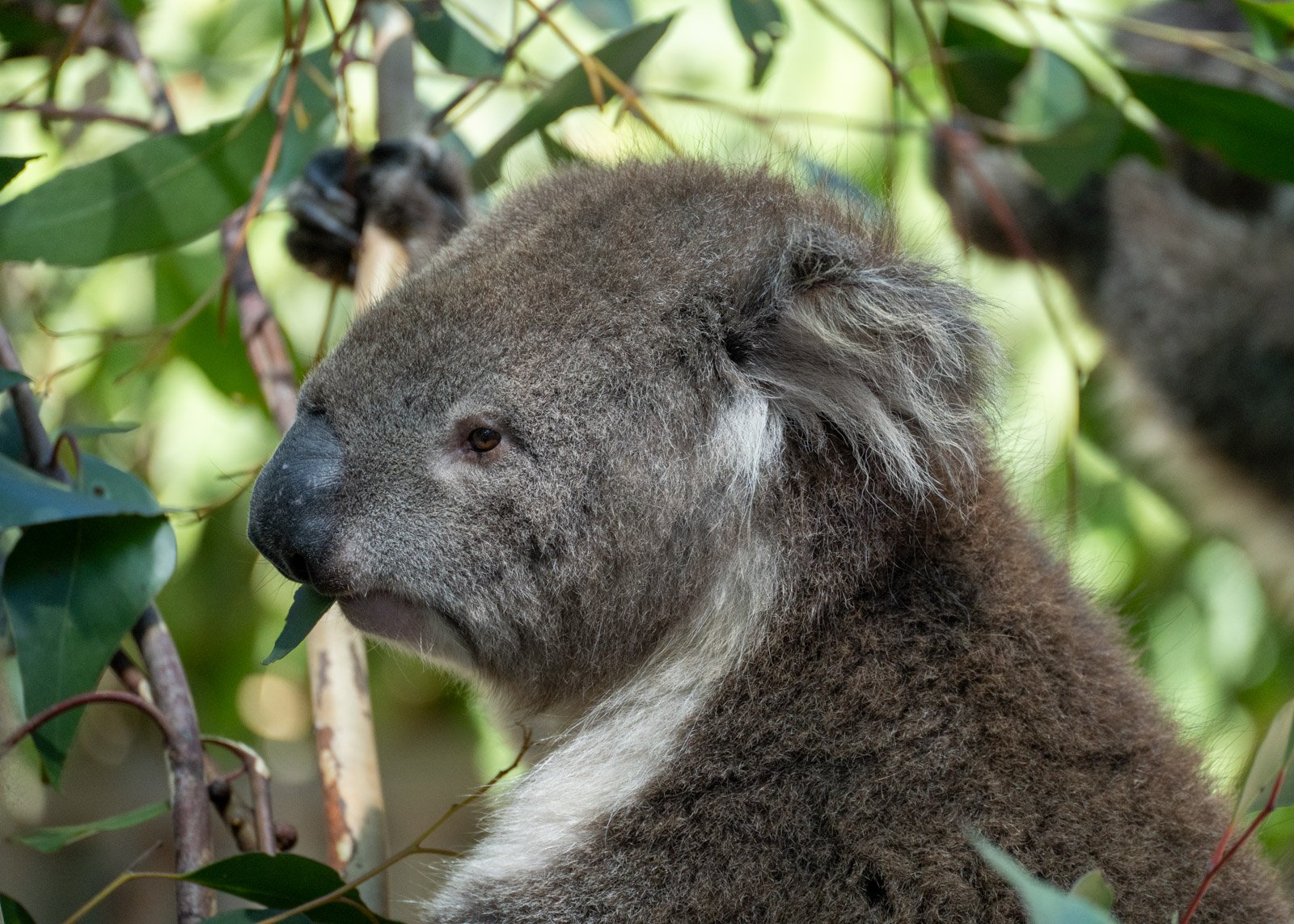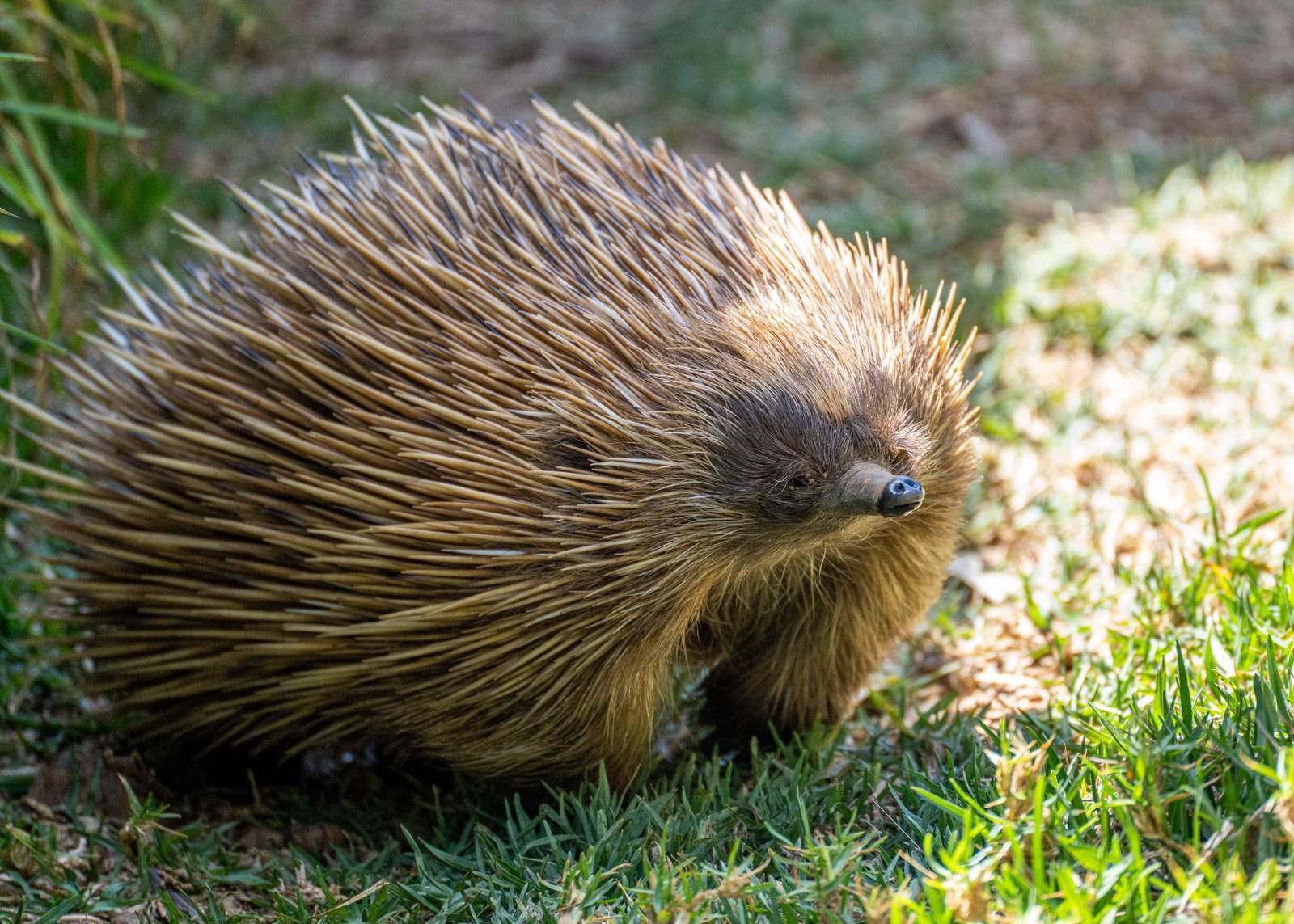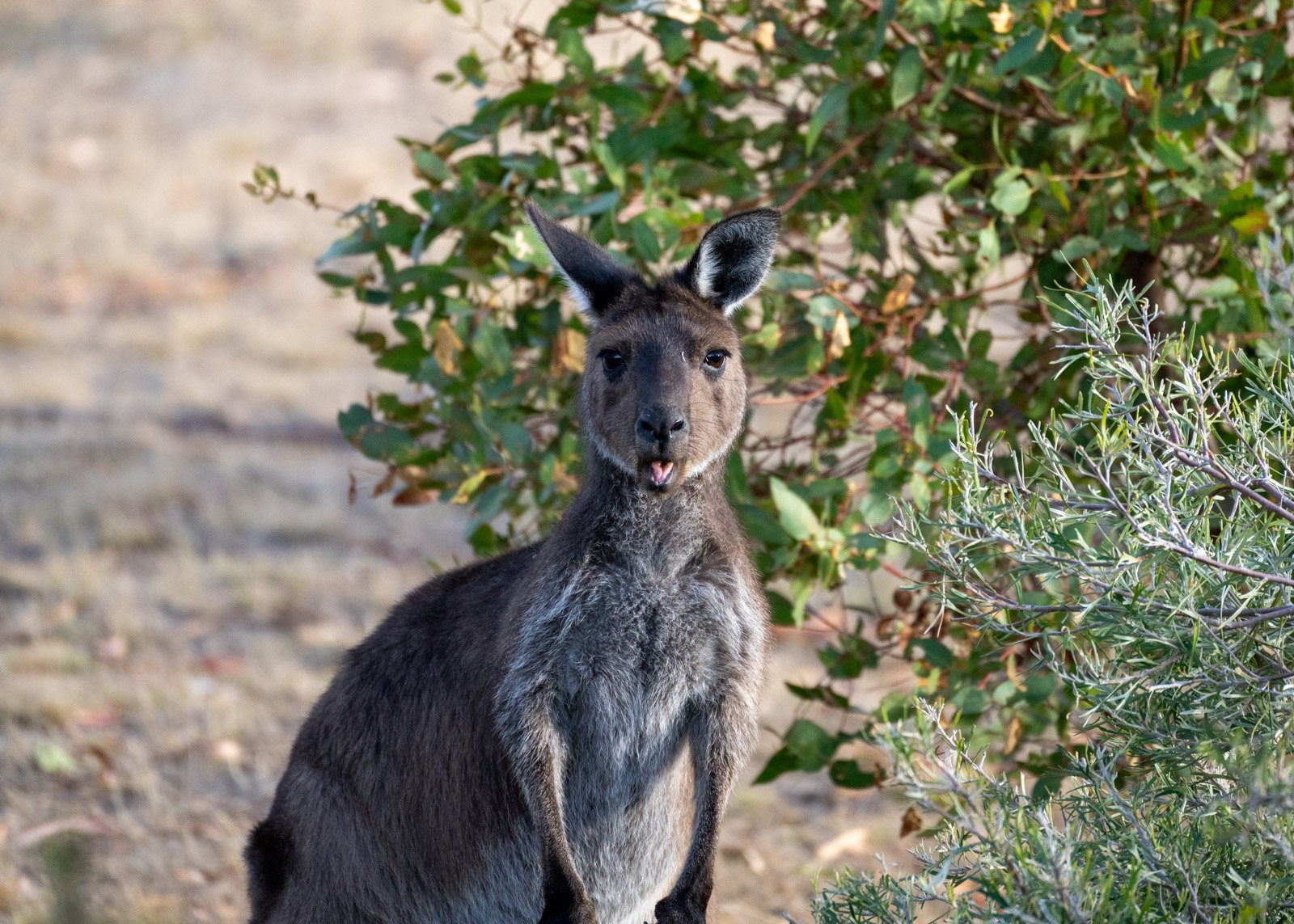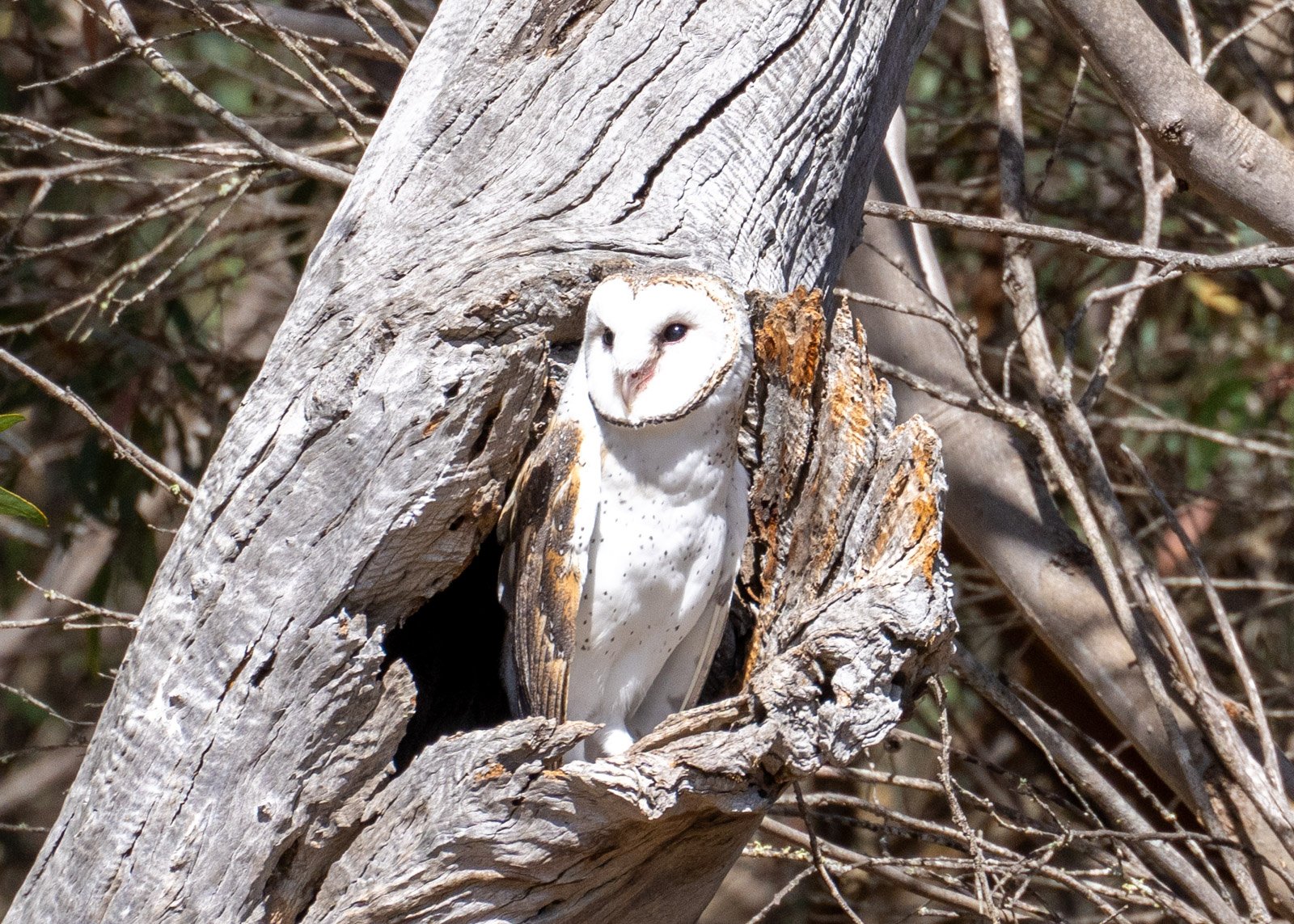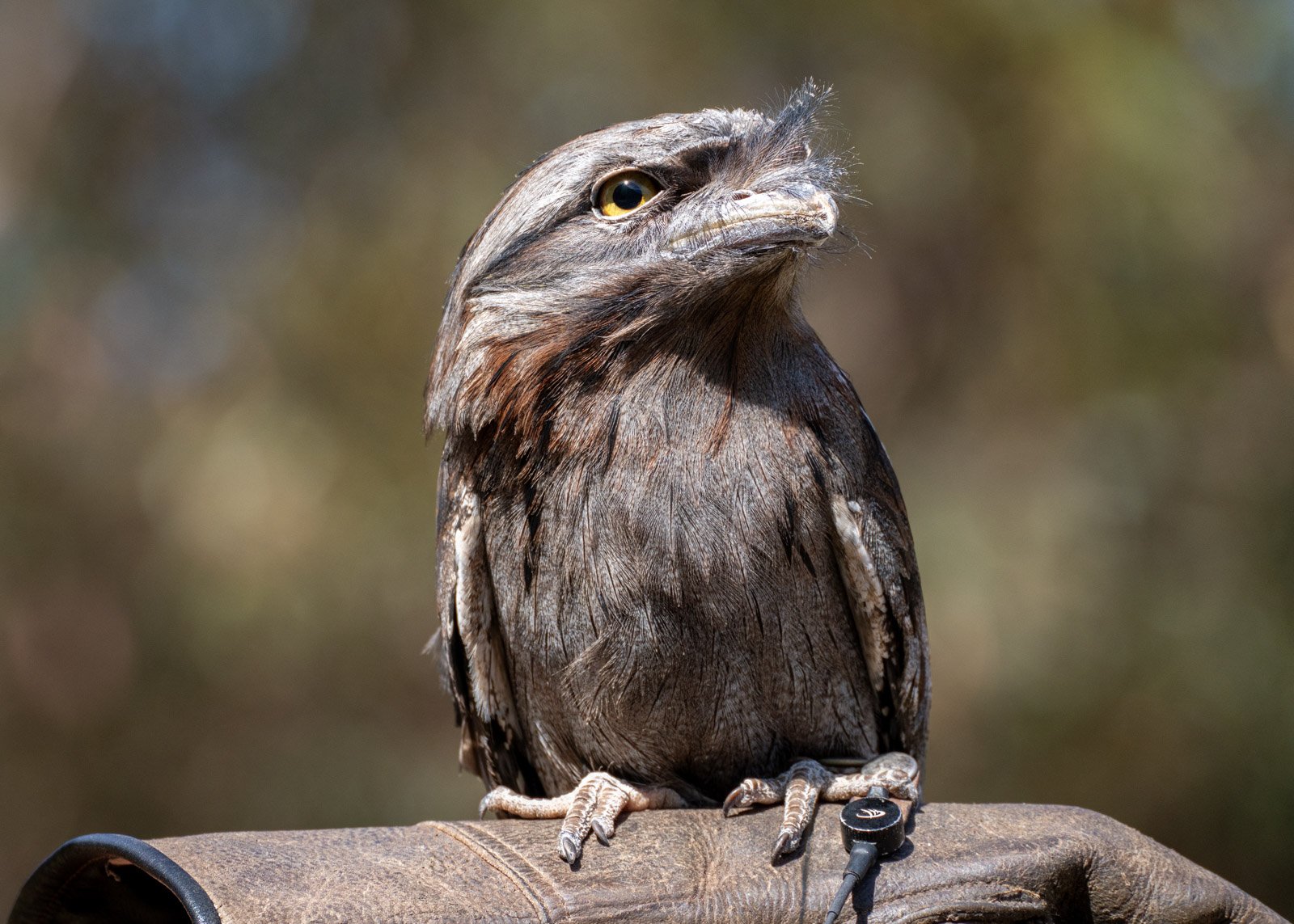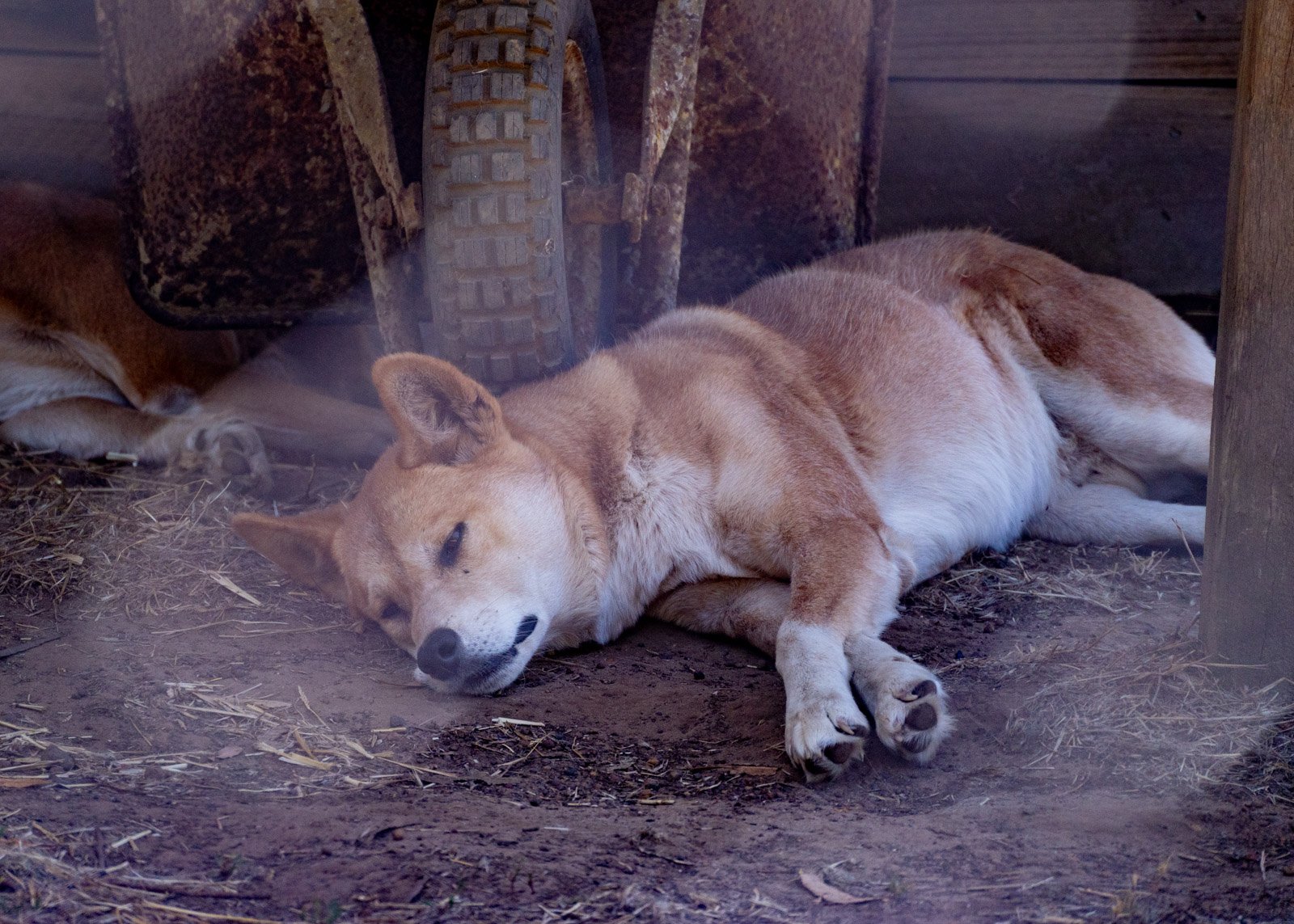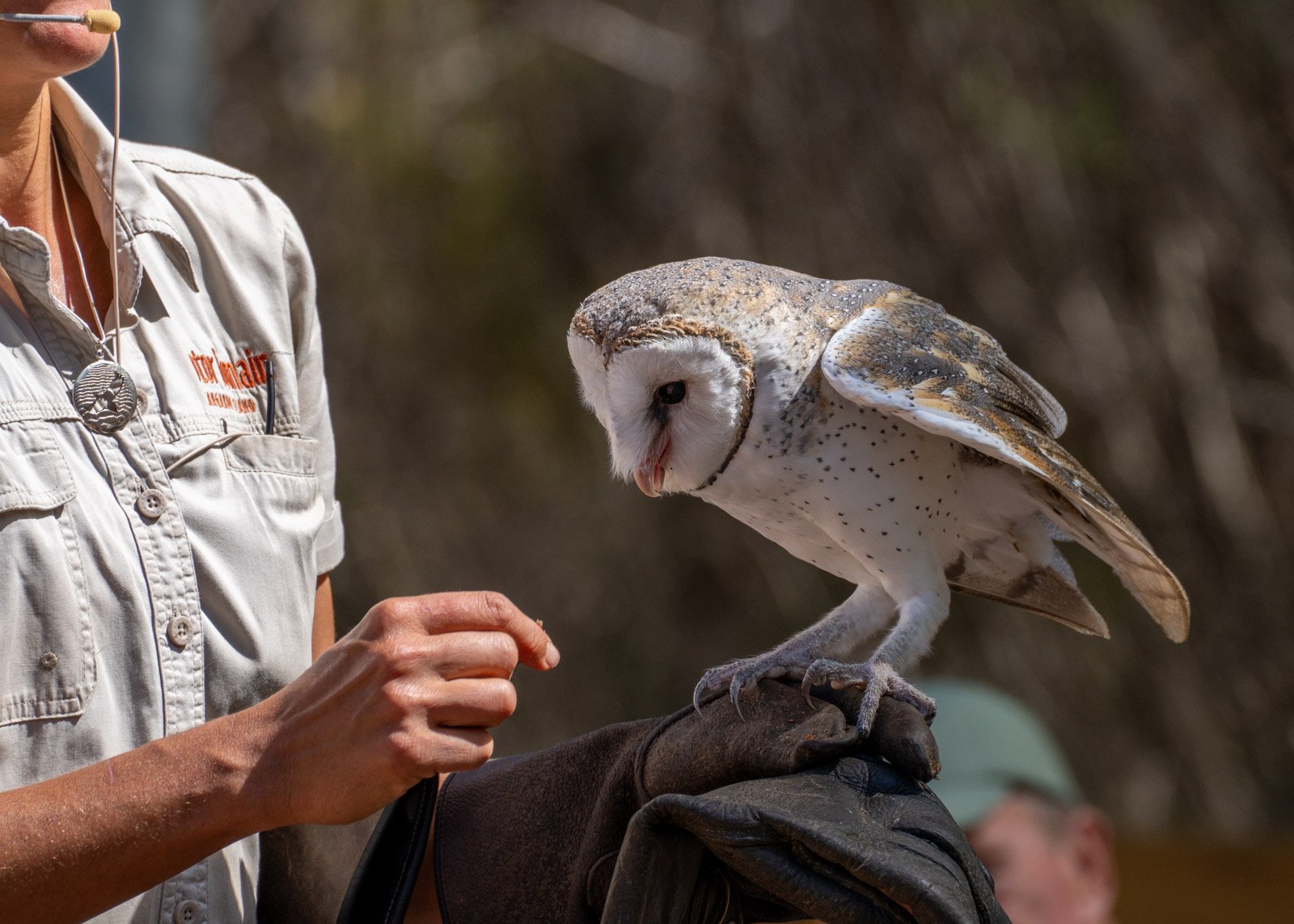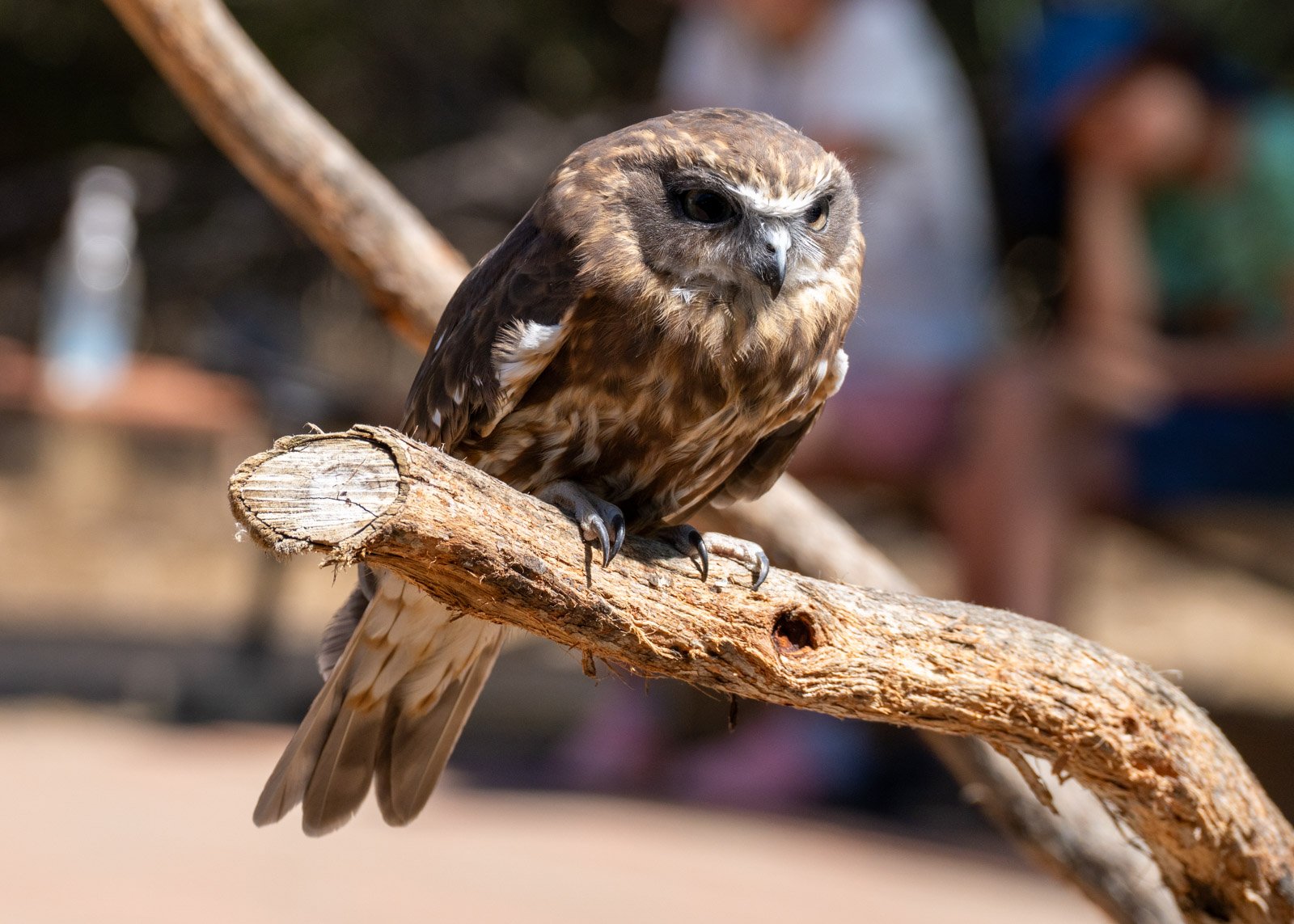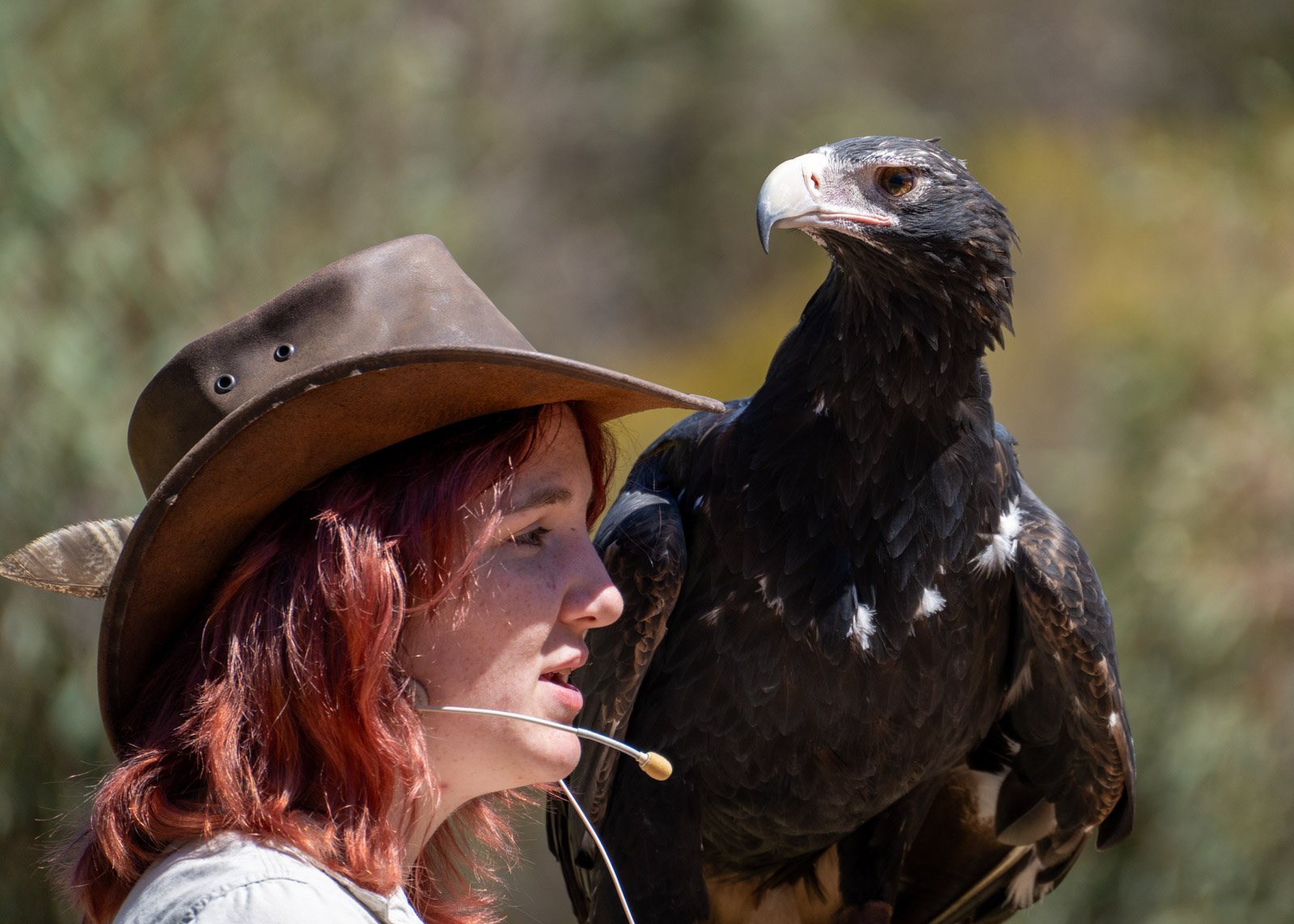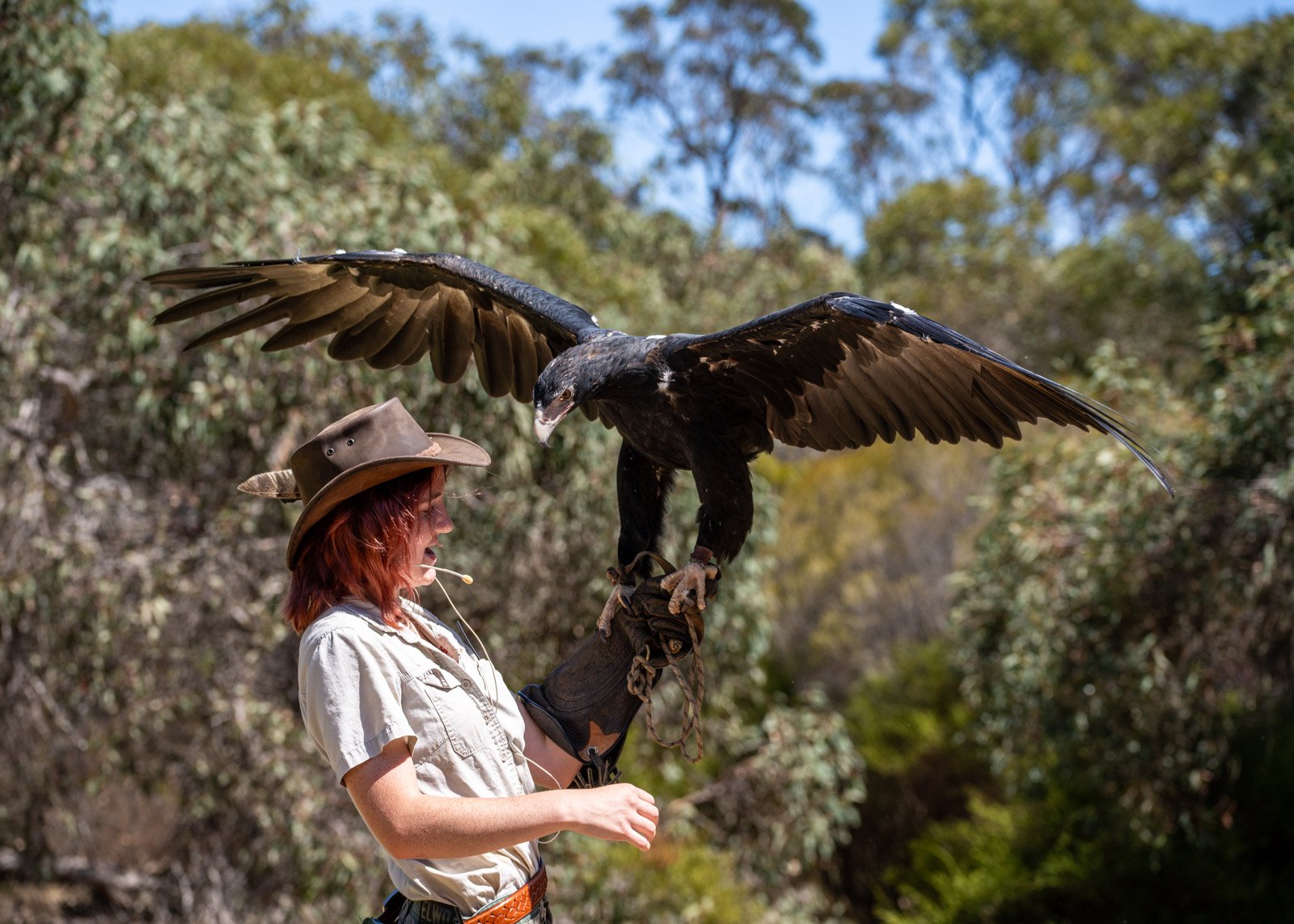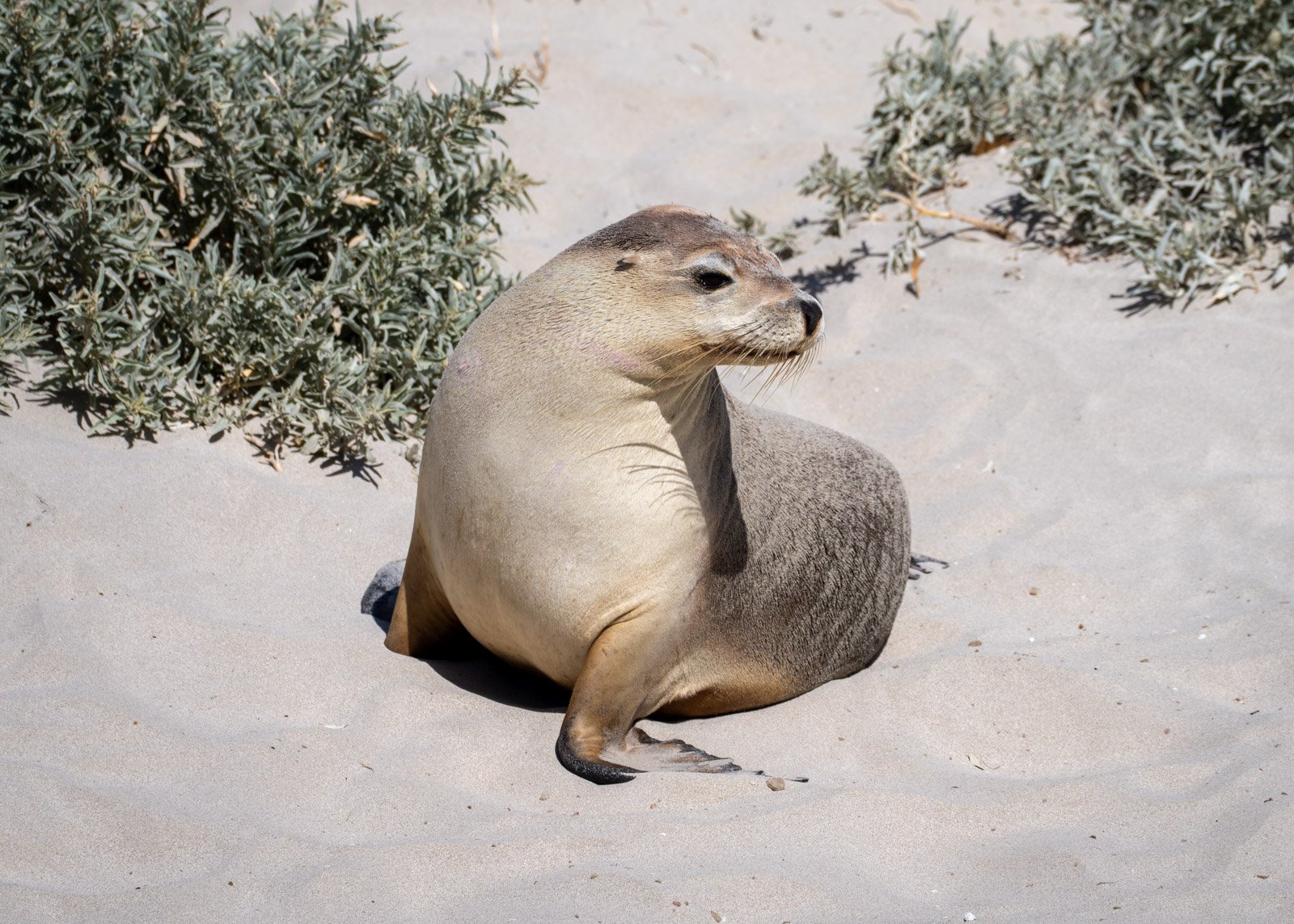The Great Debate: Zoos Versus Nature – Conservation Versus Saving Natural Habitat
In the ongoing battle between preserving nature and maintaining zoos, conservationists and animal lovers often find themselves at a crossroads. The fundamental question persists: do zoos truly serve the cause of conservation, or do they inadvertently detract from it by diverting resources from preserving natural habitats? This debate delves deep into ethical, ecological, and practical considerations, revealing a complex landscape where the lines between conservation and captivity blur. I'm not writing this to stir things up, more like opening the question up for consideration.
Zoos have long been regarded as bastions of conservation, serving as vital educational tools and playing a crucial role in species preservation. They provide a controlled environment where endangered species can be bred, studied, and ultimately reintroduced into the wild. Moreover, zoos often engage in research and public outreach initiatives, raising awareness about the plight of endangered species and the importance of biodiversity.
However, critics argue that the conservation efforts of zoos pale in comparison to the preservation of natural habitats. While zoos may succeed in breeding programs, the artificial environments they provide cannot replicate the complex ecosystems found in the wild. Animals in captivity often exhibit abnormal behaviours and suffer from stress-related illnesses, raising ethical concerns about their quality of life. Furthermore, the resources poured into maintaining zoos could be better allocated to protecting and restoring natural habitats, which are under increasing threat from deforestation, urbanization, and climate change.
The case of captive breeding versus habitat protection illustrates the division between zoos and nature conservation. While captive breeding programs offer a lifeline to endangered species on the brink of extinction, they do little to address the root causes of their decline. Habitat destruction remains the primary threat to biodiversity, and without concerted efforts to preserve and restore natural habitats, the long-term survival of many species hangs in the balance.
Advocates for zoos argue that they play a vital role in inspiring future generations to care for the environment. By providing up-close encounters with wildlife, zoos foster a connection between people and nature, nurturing a sense of empathy and stewardship. However, this argument must be weighed against the potential harm caused by perpetuating the notion that wild animals exist solely for human entertainment.
In an ideal world, zoos and nature conservation would complement each other, working in tandem to protect and restore biodiversity. Zoos could prioritize species that are difficult to conserve in the wild due to factors such as poaching or habitat loss, while also investing in habitat restoration projects and supporting local communities living alongside endangered species. By adopting a holistic approach that addresses both the symptoms and root causes of biodiversity loss, we stand a better chance of preserving Earth's rich tapestry of life for future generations.
Ultimately, the debate between zoos and nature conservation is not a binary choice but a spectrum of strategies aimed at safeguarding our planet's precious biodiversity. While zoos have a role to play in conservation, they must operate ethically and transparently, with a commitment to the welfare of the animals in their care and a dedication to supporting broader conservation efforts. At the same time, we must recognize that the truest form of conservation lies in preserving natural habitats, the intricate webs of life upon which all species depend. Only by striking a balance between captive breeding and habitat protection can we hope to secure a sustainable future for wildlife and humanity alike.
Revisiting Kangaroo Island
I recently spent a week on Kangaroo Island, South Australia. In 2019/2020 catastrophic bushfires decimated the wild animal populations, wallabies, kangaroos, koalas, lizards, and various other species. As well as total devastation of their natural habitat. Almost half the island was on fire by 2020. So what happens to the animals saved but could not be rehabilitated back to the wild, through ill-health or lack of natural habitat? They were cared for by locals, and wildlife parks and brought mainland to zoos and other conservation parks to care for and house while their island lay in ruins.
I visited this paradise island mere months before the bushfires in 2019 and was in awe of the abundant wildlife. In truth taking to the roads at dusk and dawn was a dangerous adventure due to the amount of animals out and about. You may remember hearing that the whole east coast of Australia was on fire, just before the Covid 19 breakout. In truth, Kangaroo Island was just one small part of the entire devastation those bushfires caused. It was a horrible Summer, followed by a horrible outbreak.
Jump forward four years and the conservation effort is in full swing, not only with replanting and new growth, breeding programs (both in the wild and in captivity) and slowly making advances. The Glossy Black cockatoo, which only lives and eats in She Oaks, is endangered, but homeowners and farmers are replanting She Oaks in the hope of keeping this species alive.
Koalas who were saved are slowly being introduced back into the wild where the vegetation can support them. The numbers are still a fraction of what they once were. The Flinders Chase National Park which lost 98% of the parkland and untold numbers of native animals is slowly but surely coming back. Areas are being rebuilt, but time and changes are being made to allow visitors to enjoy the area while still holding onto its natural and rugged beauty.
So what's my point?
I love being out in nature, even as an Aussie, I get such a thrill seeing and photographing a kangaroo or a koala in its natural element. But sometimes zoos, conservation centres and wildlife parks play a LARGE role in the survival of these precious animals after something as horrific as the 2019/2020 bushfires or even being injured in road accidents. So visit them, pay the admission price, revel in the animals and take lots of photos. But remember to ask the keepers about their conservation practices and how you can help, even on a small scale. Sadly some animals will never be released into the wild (for a variety of reasons), but they can live a relatively good life in these parks. Whether it be birds, dingoes, kangaroos, koalas, or an assortment of small mammals.
So don't just jump up and down and demand for zoos and wildlife parks to be shut down. I honestly feel with good husbandry, animal parks can play an important part in the future of the animal species on our planet. They are a living breathing part of our ecosystem, not just for our pleasure and entertainment. That doesn't mean we cannot enjoy seeing them and of course, photographing them. So let's keep the great debate about Zoos versus Nature and Conservation versus Saving natural habitit alive, but remember both are doing such good work, most of the time.


